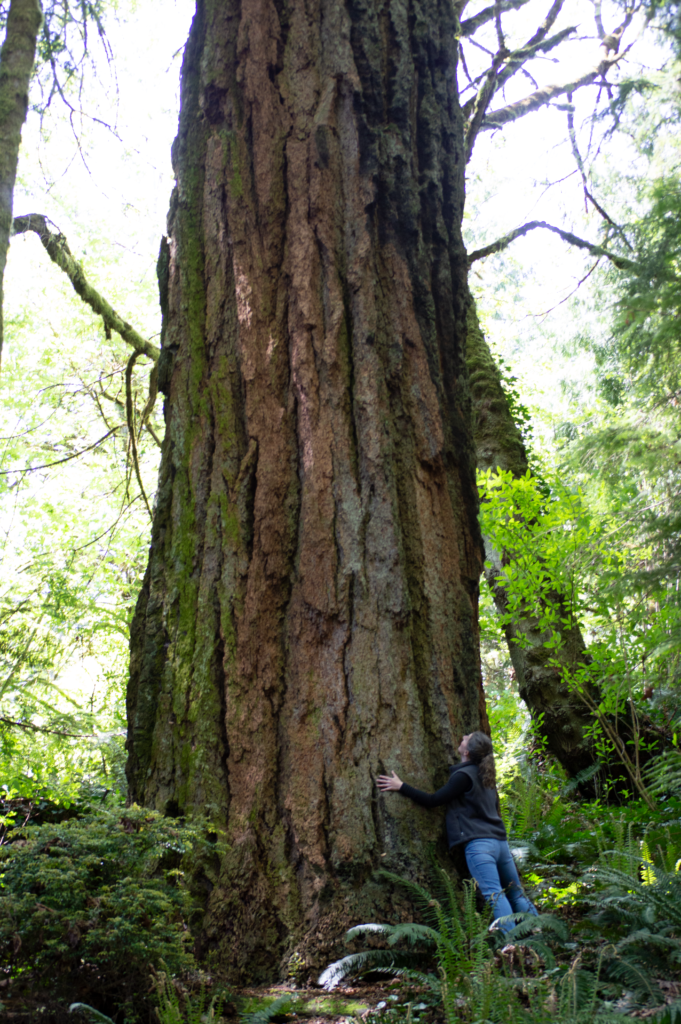Bainbridge Island’s forest landscape is a complex matrix of enduring, replanted, and naturally regenerated trees. While some legacy trees remain on the Island, most of today’s trees were established after one, two, or even three rounds of commercial logging. In the aftermath of logging activities, these lands were densely replanted with Douglas–fir for subsequent harvests, and seeds resting in fallow fields began to germinate and grow. Both scenarios have created the concentrated tree stands we see on Bainbridge Island today.
Navigating the Natural Progression of Healthy Forest Ecosystems
The vitality of healthy forest ecosystems adheres to time-tested patterns of succession. Initially, open areas embrace the colonization of shrubs, followed by deciduous trees. Eventually, the reign of coniferous trees takes hold, out-competing their early pioneering counterparts. However, the symphony of growth is interrupted, which removes pockets of mature trees, thereby fostering the conditions for youthful saplings and less shade-tolerant species to flourish. Regrettably, historical logging practices, human development, and inadequate management have perturbed the customary rhythms of forest evolution. The outcome is an overabundance of trees, leading to compromised health within the woodland enclave.

Rectifying the Balance Through Thoughtful Management
To reduce competition for resources, create open areas that enhance understory and mid-story growth, and grow strong, healthy trees, Land Managers can implement a host of techniques that mimic natural processes and reinstate forest functions, including their ability to provide habitat, sequester carbon, intercept rain, and stabilize soils.
Curious about Healthy Forests? Stay Engaged for Further Insights!
If you’re curious about how healthy forests work, hang with us as we explore the wondrous world of sustainable woodland life. Keep an eye out for more insights into the delicate balance that keeps our natural landscapes in check!
Curious about Healthy Forests?
Stay tuned to learn more, or play an active role in preserving our island’s resources by volunteering with us!
